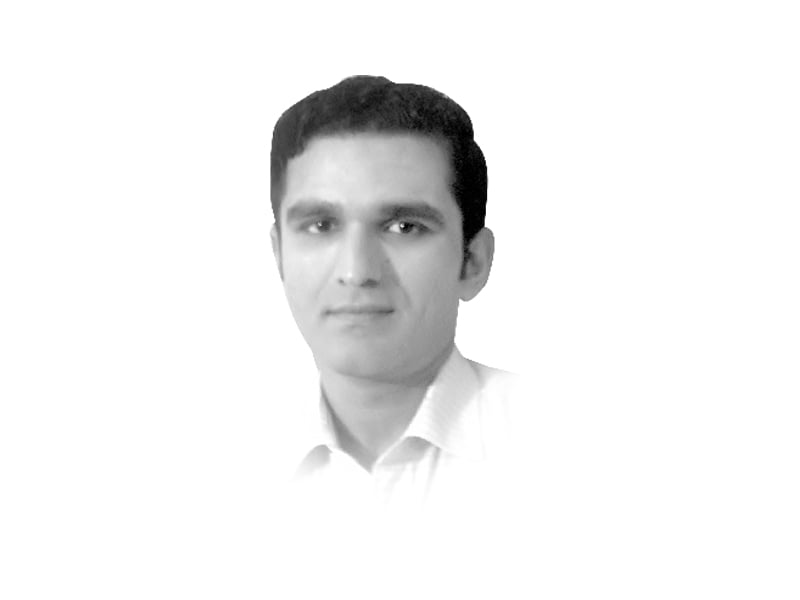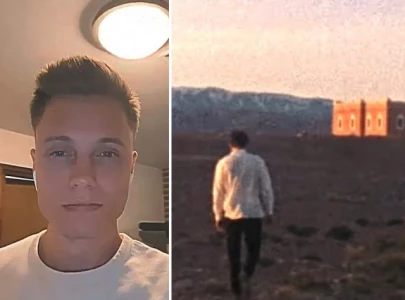
Our first stop was Chak 101 Kohlwala, near Sahiwal, about two and a half hours away from Lahore. In the village, we encamped at the dera where we were received by the elder brother of a student as well as some village people. It was rather interesting to note that the dera was the only place with a television in the village and people congregated there every evening to chat. We woke up very early the next morning, around five, and were rather surprised to see that everyone around us was already awake and probably out in the fields. We got ready and went to visit the nearby shrine of Baba Farid Ganj Shakar at Pakpattan. Going at 80 kilometres an hour on the road, I wondered about the millions of pilgrims who had travelled the same way. It also made me recall the road to Santiago, the Camino, one of the great medieval pilgrim routes, which I had part-travelled a few years ago, and how the ‘real’ experience, so to speak, was the road rather than actually reaching the shrine. Somehow that ‘camino — i.e., the way’ — experience was missing here.
Odder still was what had happened with the shrine. Except for the actual grave and the adjacent area, almost everything in the complex was newly built. So, while I could realise that the shrine was originally built shortly after the death of Baba Farid in 1265 AD, there was literally nothing that made me feel that. Having heard that the shrine was built by a follower of Baba Farid, himself an acclaimed Sufi master, Nizamuddin Aulia, I had hoped to see some of the preserved original structure. This feature is not peculiar to this shrine, however, and almost all the major shrines in Punjab are newly built. This fascination with the ‘new’, which sadly most of the times focusses on bling, is a sad feature of our ‘development.’ The traditions of a Sufi’s shrine, its area, parts and ornamentation are an integral part of the mystique of the master and their loss is a loss of some of his spirit. At a stretch, this also explains our disinterest and disinformation about the past, which has been complicating our present and will also obscure our future.
On our way back to the village, we stopped by an old ‘rest house’, which was in a rather dilapidated condition. Since such a place so deep in rural Punjab intrigued my students, I explained to them that this rest house was the place where the deputy commissioner of the Montgomery district (as it was named until the 1960s), used to stay here on his rounds through the district during the British era. It was required of all deputy commissioners to be on tour of the district during the winter months so that the official could know each part of his charge well and that local issues could be dealt with on the spot. As some of the villagers explained, under the old system, they did not have to go to the district headquarter to get things done, since they would simply wait for the ‘DC sahib’ to turn up. No wonder the British were able to control Punjab so well as they knew the area and were known to address local concerns. This is certainly a far cry from the current scenario.
Our next stop was a quick visit to Dera Ghazi Khan and then onwards to Fort Munro, the Murree of southern Punjab
(To be continued...)
Published In The Express Tribune, June 26th, 2012.



1719211536-0/BeFunky-collage-(81)1719211536-0-165x106.webp)
















COMMENTS
Comments are moderated and generally will be posted if they are on-topic and not abusive.
For more information, please see our Comments FAQ